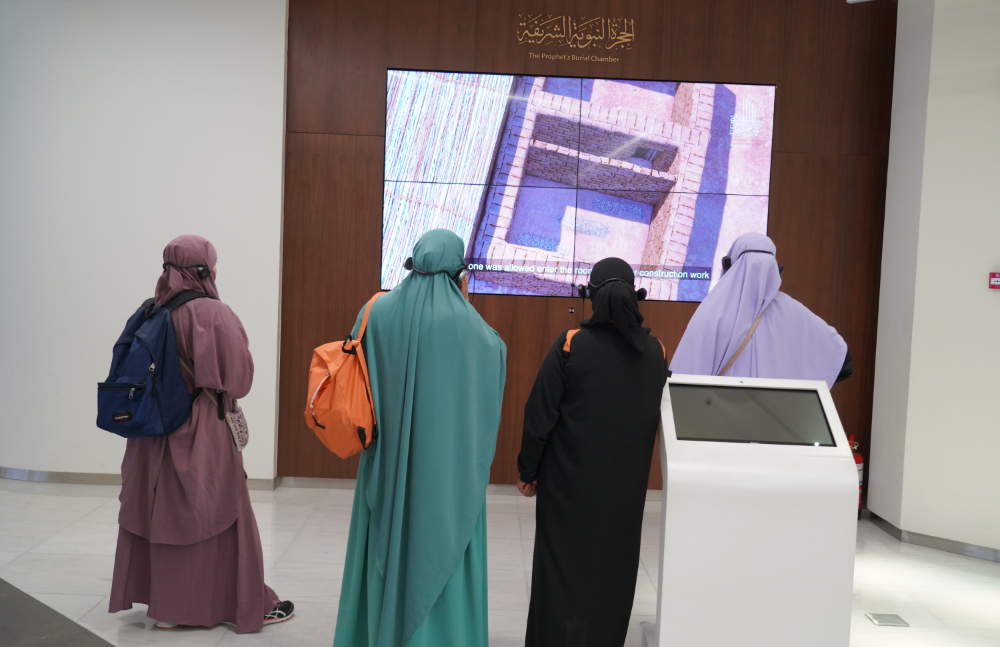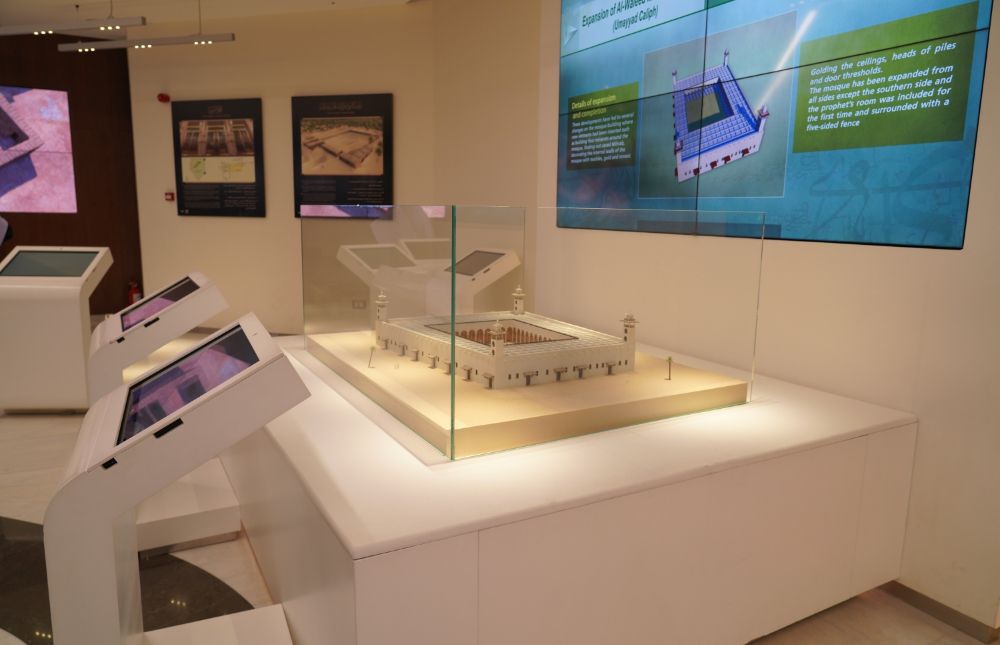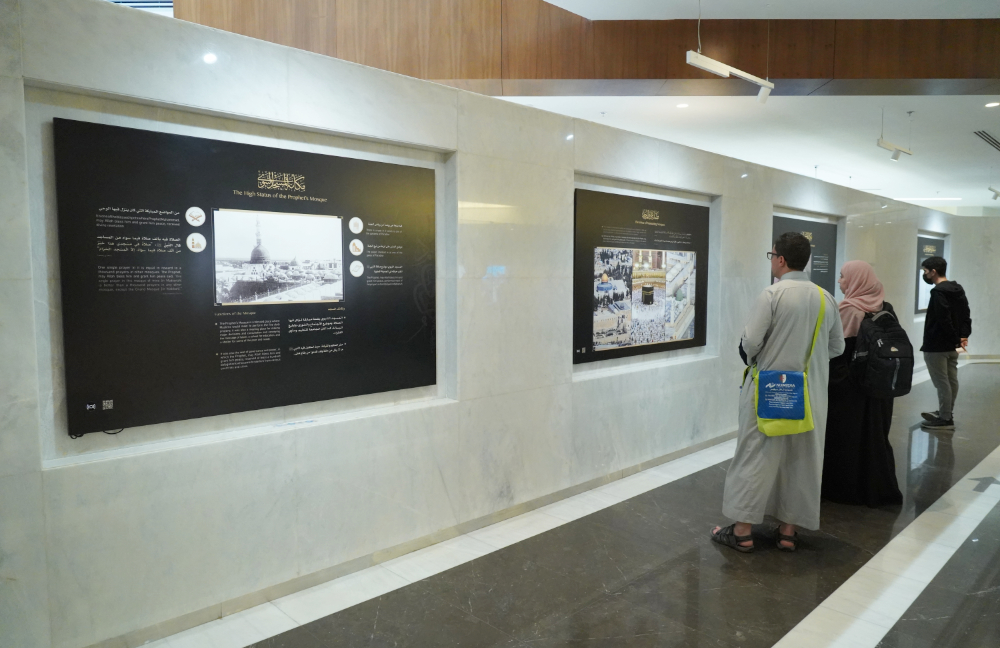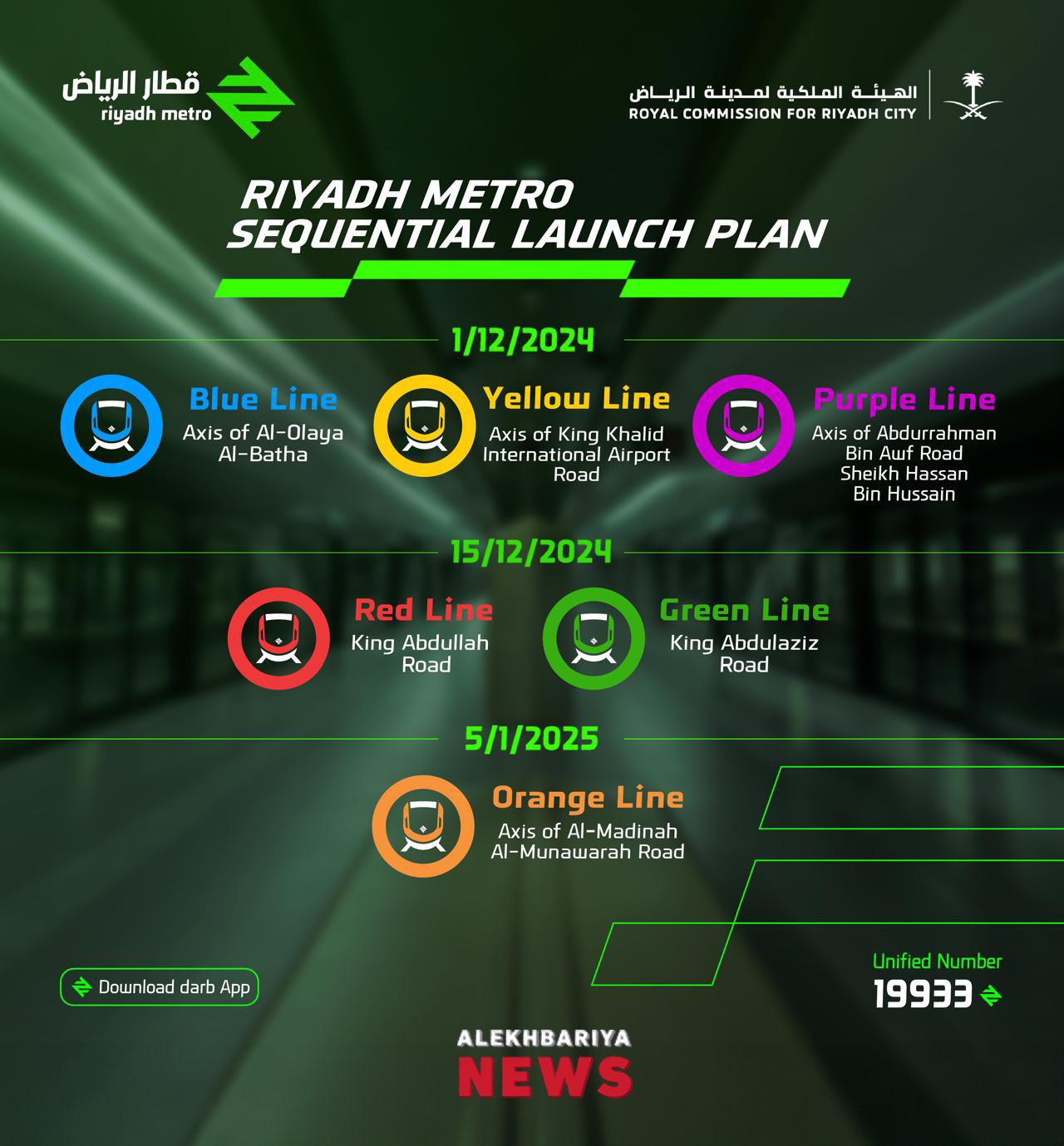MADINAH: Madinah has long been a beacon of light and knowledge. Pilgrims and visitors can attest to the peace they find in a holy city immersed in a halo of light.
Madinah has made great strides in recent years to establish itself as an ideal venue for museums and a place of learning. Scholars flock here to navigate the path that the Prophet Muhammed walked and to study the landscapes and manuscripts housed within the city.
The King Abdulaziz Complex for Endowment Libraries, located within the Islamic University of Madinah, is a light-colored opulent building whose walls bear intricate Arabic inscriptions.
The complex houses an impressive and priceless collection of manuscripts and beautiful rare copies of the holy Qur’an, carpets and rows of artifacts in enclosed glass cases.
Dr. Fahd Al-Wahbi, the secretary general of the complex, told Arab News: “The King Abdulaziz Complex for Endowment Libraries is a government entity established by the decision of the Council of Ministers in 1437. It is supervised by a board of trustees headed by the Governor of Madinah region and is organizationally linked to the Saudi Council of Ministers.
“The complex aims to preserve manuscripts and valuables and make them available to visitors. These exhibits are part of the holdings held by the complex.”
In 2021, Al-Wahbi, under the leadership of Prince Faisal bin Salman bin Abdulaziz, governor of Madinah region, chaired the first meeting of the complex’s board of trustees.
The Digitization and Cataloging Center was established, prompting the digitization and indexing of manuscripts, rare books and valuable collectibles it contained.
The meeting also established the Journal of the King Abdulaziz Complex for Endowment Libraries, a scientific journal, to publish research on specialized studies.
With shelves and rows of books, the building and the larger area is a treasure trove of information and a testament of how Madinah has prioritized preserving historical documents for people to use.
The Prophet’s Mosque Building Exhibition is just steps away from Al-Masjid Al-Nabawi, the Prophet’s Mosque.
This museum provides worshippers context and background of the Prophet Muhammed’s journey to Madinah in 622, known as Hijrah, in addition to artifacts and manuscripts.
HIGHLIGHTS
• The King Abdulaziz Complex for Endowment Libraries, located within the Islamic University of Madinah, is a light-colored opulent building whose walls bear intricate Arabic inscriptions. The complex houses an impressive and priceless collection of manuscripts and beautiful rare copies of the Holy Qur’an, carpets and rows of artifacts in enclosed glass cases.
• The Digitization and Cataloging Center was established, prompting the digitization and indexing of manuscripts, rare books and valuable collectibles it contained. With shelves and rows of books, the building and the larger area is a treasure trove of information and a testament of how Madinah has prioritized preserving historical documents for people to use.
Hassan Taher, who was the executive director of Dar Al-Madinah Museum, told Arab News in 2018 that it was “the first and largest specialized museum of the history and cultural heritage of Madinah and the landmarks of the Prophet’s life.”
The museum, which has four main halls, publishes specialized periodicals on Madinah’s history and landmarks and holds seminars and forums on the topic.
One of the halls contains a collection of rare paintings and images of Madinah and unique collections from Islamic history. It is located not too far from the area in the Knowledge Economic City.
Taher said: “The museum carries out specialized research in Madinah’s architectural heritage. It contains a library of relevant books, research and magazines, all of which are accessible to researchers.”
He said that the museum has issued more than 44 books and publications on Madinah’s architecture.
Taher added: “There are around 2,000 artifacts in the museum’s exhibition halls. These include antiquities, extremely accurate models, handicrafts, manuscripts, documents, correspondence, old publications, postage stamps, photographs and artworks.”
In 2022, Al Arabiya.net spoke to Taher, now president and founder of the Museum Culture Club, who said: “The land of the Kingdom of Saudi Arabia was distinguished by its well-established culture, historical depth and ancient heritage. Its location was a meeting place for ancient human civilizations and its land was one of the oldest areas of human settlement around the world.
“Therefore, it was distinguished by a rich abundance of cultures and civilizations, whose effects are currently being reviewed by more than 260 official and private museums throughout the regions of the Kingdom of Saudi Arabia.”
Some of the artifacts and manuscripts from the mentioned museums will be displayed at the inaugural Islamic Arts Biennale 2023 in Jeddah next month.
With the theme “Awwal Bait” or “First House,” the biennale will be housed at the award-winning Western Hajj Terminal in the port city of Jeddah from Jan. 23-April 23, 2023.
Organized by the Diriyah Biennale Foundation, the “biennale” will run every two years.
Another kingdom-based institute is also thriving off of the Madinah story and contributing to offering access and context to the city’s story.
The King Abdulaziz Center for World Culture (Ithra) is publishing a book this month on the Hijrah. The exhibition on the great migration is still on display at Ithra’s headquarters in Dhahran.
Dr. Idries Trevathan, a scholar of Islamic studies and curator of the Ithra display, played a key role in curating and editing the book and the exhibition. He traveled to Madinah multiple times to document the journey to bring it to life in the exhibition, book and a documentary that is currently in production.
Trevathan told Arab News: “When we looked at the Hijrah story, we realized that there’s never been an exhibition or a film made about it … this very, very important event. And so, just under four years ago, we decided to remedy the situation and we created an exhibition. And the exhibition today is the fruits of our labor.
“Also, we wanted to look at ways in which people creatively expressed the Hijrah story across the generations. So, we looked at the artistic heritage and the literature from the Islamic world and we included a lot of these pieces in this book, and in the exhibition.
“What’s unique about this book, and different from other books published on the Hijrah, is its focus on the landscape of the Hijrah, of the sacred landscape.”
The Hijrah exhibit will be traveling to Madinah in 2023.






























